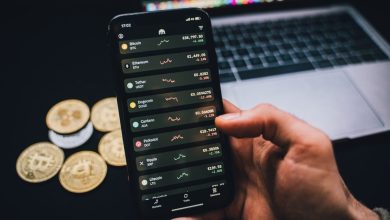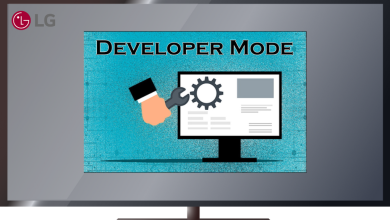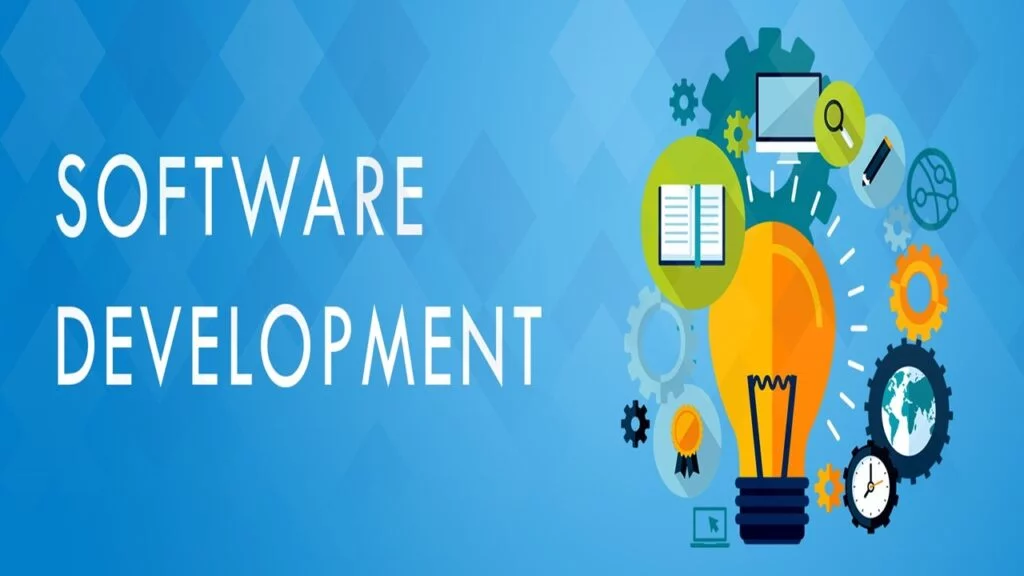Exploring the dynamic world of Decentralized Finance (DeFi), this article delves into the intricacies of DeFi governance models. Understanding how decisions are made is crucial for navigating the evolving landscape of blockchain-based financial systems. In addition, you can find an investment education company to start your learning journey by visiting immediate-edge.software.
Role of DeFi Governance Tokens
The role of governance tokens in Decentralized Finance (DeFi) represents a fundamental shift in how financial ecosystems operate and make decisions. At the heart of DeFi, these tokens are not just a means of investment or speculation; they embody the principle of decentralization, granting token holders a voice in the governance of the platform.

Governance tokens in DeFi platforms serve multiple purposes. Primarily, they provide a mechanism for stakeholders to participate in decision-making processes. This participatory approach contrasts sharply with traditional financial systems, where decisions are typically made by a centralized authority or a small group of individuals. In DeFi, anyone holding governance tokens can propose changes, vote on proposals, or influence the direction of the platform, depending on the number of tokens they hold.
Another crucial aspect of governance tokens is their role in maintaining the security and integrity of the DeFi platform. In systems where decisions are made through token-based voting, the distribution and ownership of these tokens can be pivotal. A broad and diverse distribution helps prevent centralization of power, ensuring that no single entity can unilaterally control the platform’s future. This is particularly important in DeFi, where trust and security are paramount.
Moreover, governance tokens often carry economic incentives that align the interests of token holders with the long-term health of the platform. In many cases, these tokens can accrue value, either through direct financial rewards like dividends from the platform’s earnings or through indirect means such as increased demand for the token as the platform grows.
However, the role of governance tokens is not without challenges. Issues such as low voter turnout, token concentration, and the complexities of informed decision-making can impact the effectiveness of governance models. Despite these challenges, governance tokens remain a key innovation in DeFi, offering a glimpse into a more inclusive and participatory financial future.
The decision-making process in DeFi governance
The decision-making process in Decentralized Finance (DeFi) governance is a nuanced and multi-layered procedure, reflecting the ethos of decentralization and community participation that DeFi stands for. Unlike traditional finance, where decisions are often made behind closed doors by a select few, DeFi governance is characterized by its openness and inclusivity, leveraging blockchain technology to enable a more democratic process.
In DeFi governance, the decision-making process typically begins with the proposal stage. Any token holder, depending on the specific rules of the platform, can put forward a proposal. These proposals can range from minor tweaks in the system to significant changes in the protocol. This stage is crucial as it sets the agenda for what issues or improvements will be considered. Often, there’s a requirement for a minimum stake or a certain number of tokens to submit a proposal, ensuring that the proposers have a vested interest in the platform’s wellbeing.
Once a proposal is submitted, it enters a discussion phase. This phase is vital for community engagement, where token holders and stakeholders deliberate on the merits and downsides of the proposal. Discussions can take place on various forums, including dedicated channels on Discord, Reddit, or other social platforms. This is where the decentralized nature of DeFi governance shines, as it allows for a broad range of perspectives and opinions to be shared and debated.
Following the discussion, the proposal moves to the voting phase. In this phase, token holders cast their votes, with each token typically representing one vote. The voting process is conducted on the blockchain, ensuring transparency and immutability. The duration of the voting period can vary, but it’s generally long enough to allow a significant portion of the community to participate.
The outcome of the vote determines whether the proposal is accepted or rejected. For a proposal to pass, it usually needs to reach a predefined threshold, which could be a simple majority or a more stringent requirement, depending on the governance model of the particular DeFi platform.
Finally, if a proposal is accepted, it moves to the implementation stage. The changes proposed are coded into the smart contracts governing the DeFi platform. This process requires precision and caution, as changes to smart contracts are irreversible and can have significant implications for the platform’s security and functionality.
Conclusion
This journey through DeFi governance models illuminates the complexities and innovations shaping decision-making in digital finance. As DeFi continues to evolve, its governance models will play a pivotal role in the future of decentralized financial systems.


